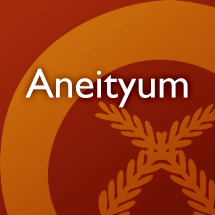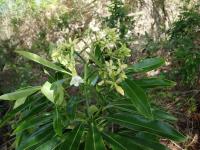Your search for * in toxic has returned 12 entries
inwae
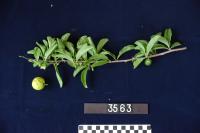
n. tree, 3-4 m tall (collection: Gregory M. Plunkett #3563)
Example: Children like to eat the fruit of this plant. It is said to taste like pineapple/mango. It must be very ripe to be eaten. Peel and discard the skin. The fruit is most sweet when it is on the ground for a few days. Some children eat the seeds of this fruit but it has a strong oily taste--too many cause vomiting and if a person eats 1-2 seeds it can cause diarrhea.
bookmarkkaliteg
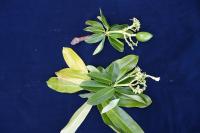
muri muri
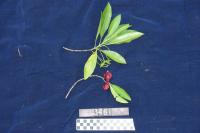
muri muri
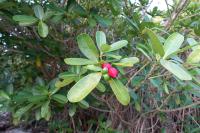
murimuri
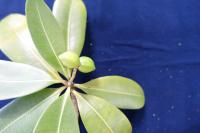
nahoacen
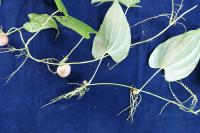
n. vine to 3-4 m, aerial tubers brown (collection: Michael J. Balick #4872)
Example: Normally these fruits are considered poisonous. But, people have learned to peel off the skin of the fruits, put the peeled fruits in a conical basked and place a bamboo tube that is dripping water over it to wash the basket of fruits for 3-5 days. This is said to leach out the poison and the end result is similar in consistency to cheese. Wrap this up with leaves and put it in an earth oven to cook. This plant is eaten as a "starvation food" only, consumed in times of drought and famine.
bookmarknasanhac
n. the poison of the inhac
bookmarknimit
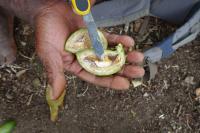
n. sparsely branched tree, 12 m tall (collection: Gregory M. Plunkett #3208)
Example: The flying fox eats the fruit of this tree. When the fruits are ripe, the seeds are edible and children cut off the outside of the fruit and eat the nut. Wrap fish with this leaf and cook it on top of a fire--it tastes good. House posts are made from the trunk of the tree. It grows in the coastal area.
bookmarknisyeg
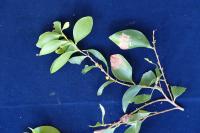
n. tree, 6 m tall (collection: Gregory M. Plunkett #3574)
Example: 1. The inner bark of this plant is used as a dye or paint to provide a brown color. Boil the inner bark in a pot with a shirt and the color of the shirt will be changed to brown. 2. For toothache, people take the inner bark and mix it with sea water, and then rinse the tooth with this mixture to remove the pain. 3a. People macerate the leaves and the bark and when the tide is low, spread this in a pool of water to poison the sea shells that are edible. When they die, the eyes of this organism comes above the sand, indicating where they are, and people harvest and eat them. 3b. To attract and collect clam – NIPJINUMU – scrape bark in a pool of sea water where the clams are attracted immediately and can be collected, coming up from the sand. 4. Firewood, unspecified medical use.
bookmarknisyeg
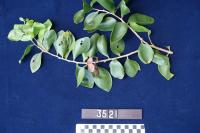
n. tree, 7 m tall (collection: Gregory M. Plunkett #3521)
Example: 1. The inner bark of this plant is used as a dye or paint to provide a brown color. Boil the inner bark in a pot with a shirt and the color of the shirt will be changed to brown. 2. For toothache, people take the inner bark and mix it with sea water, and then rinse the tooth with this mixture to remove the pain. 3a. People macerate the leaves and the bark and when the tide is low, spread this in a pool of water to poison the sea shells that are edible. When they die, the eyes of this organism comes above the sand, indicating where they are, and people harvest and eat them. 3b. To attract and collect clam – NIPJINUMU – scrape bark in a pool of sea water where the clams are attracted immediately and can be collected, coming up from the sand. 4. Firewood, unspecified medical use.
bookmarknouraju
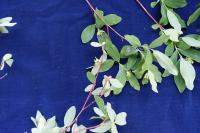
n. shrub to 1 m, flowers green (collection: Michael J. Balick #4895)
Example: To make bush ropes, remove outer bark, use to tie things when other ropes are not available. This plant is sour and toxic if the fruits or leaves are eaten. Animals will not eat this plant. The elders teach us not to eat this plant.
bookmark